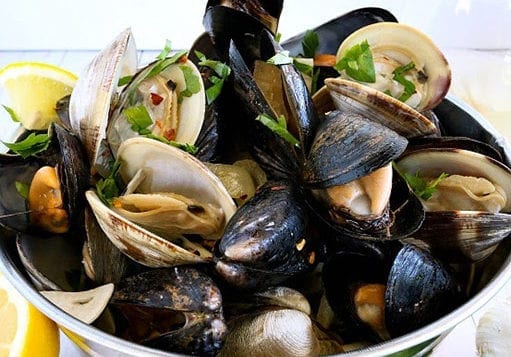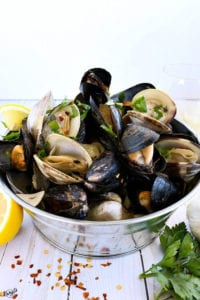By Beverly C. Tyler
In a Setauket family graveyard set on a hill above an ancient colonial home is buried a young man, Arthur Smith, a patriot who was killed by British soldiers probably in the fall of 1776 simply for being in the wrong place at the wrong time.
In a South Setauket graveyard along Pond Path is the grave of Zophar Hawkins, a Revolutionary War patriot and friend of Smith whose adventures included a number of brushes with death.
Smith, born about 1740, was the grandson of Benjamin Smith who is thought to be the builder of the circa 1685 home along Main Street in Setauket where Arthur Smith was born. The home just to the north of the Smith homestead was the Tyler Tavern, where Smith was killed.
Hawkins grew up in and eventually inherited his father’s home near the intersection of Pond Path and Lower Sheep Pasture Road in Nassakeag (South Setauket). Earlier in his life, during the Revolutionary War, Hawkins at about the age of 20 was involved in an incident at the Tyler Tavern. This piece of family folklore was recorded by Kate Strong in her “True Tales from the Early Days of Long Island”:
“It was after the beginning of the Revolutionary War and after the Battle of Setauket that word was brought to South Setauket that there were exciting doings down by Setauket Pond. Zophar Hawkins (who perhaps found life a bit quiet after his earlier adventures) and his friend Arthur Smith decided to go down and see what was going on. They found a small party of British soldiers, after having landed from a small whaleboat, had marched to Tyler’s Tavern in search of deserters. This inn … used to stand near the road [at the intersection of Main Street and Christian Ave.] It was later moved [back up the hill] and still shows the bullet holes.
“As the soldiers entered the building, Redfern, a school teacher, rushed upstairs and called to two girls sleeping there that they were safer in bed. He had only returned four steps downstairs when a stray bullet from the British muskets struck and killed him. Two other men were killed and a third escaped by climbing up the great chimney.
“Zophar and Arthur were hanging around outside; the British catching sight of them fired and killed Arthur, and as they thought, Zophar. But Zophar had dropped as they fired and lay as though he were dead, an Indian trick. It is said that when the soldiers had gone, Zophar jumped to his feet and ran so fast for home you couldn’t see his heels for dust.”
Hawkins served as a soldier in the Patriot cause during the Revolution and returned home after the war uninjured. Like his father Samuel, Hawkins was a farmer. However, he did not get married and start a family of his own until he was 43 years old. As recorded by Samuel Thompson in his diary for April 16, 1800, “Zophar Hawkins married to Julianner Bayles last night.” When they were married Julianner was 25 years old. They had six children between 1804 and 1816. Their first child Moses died at the age of two. Their third and fourth children Sarah and Ruth were twins. Sarah died the day of her birth and Ruth died unmarried at the age of 24. The other three children Mary, Elizabeth and Samuel had long lives.
In 1851, Hawkins’ estate was listed on the Town of Brookhaven assessment rolls as 70 acres, with a total worth of $2,200. The estate paid a tax for the year of $5.06. The same year Hawkins’ son Samuel, who inherited his father’s home and farm, was assessed for 300 acres.
Julianner Hawkins died on October 8, 1842 at the age of 67. Zophar Hawkins died on October 26, 1847 at the age of 90. They are both buried in the Hawkins cemetery along Pond Path. On Hawkins’ tombstone is written, “He served his country faithfully in the Revolution, and was a captive among the Indians 3 years. He lived a quiet and peaceful life, Was happy and resign’d in death.”
Hawkins’ son Samuel Hawkins did not marry. He died on May 6, 1879 and the farm passed out of the Hawkins family. It was later known as the Nassakeag Farm.
Beverly C. Tyler is Three Village Historical Society historian and author of books available from the society at 93 North Country Road, Setauket. For more information, call 631-751-3730 or visit www.tvhs.org.

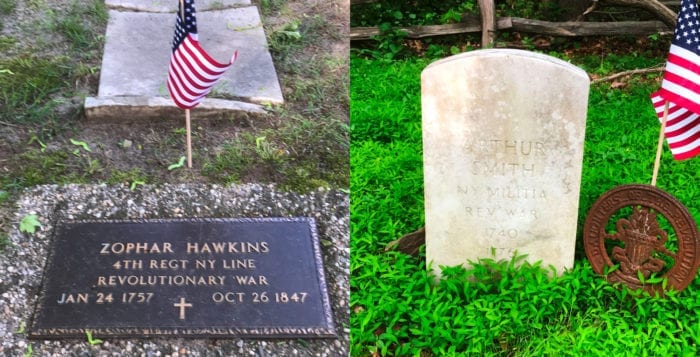
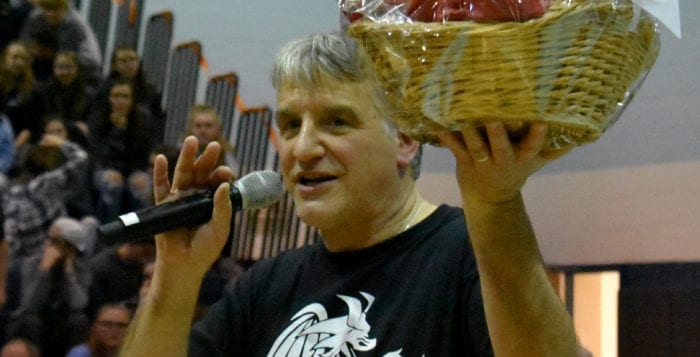

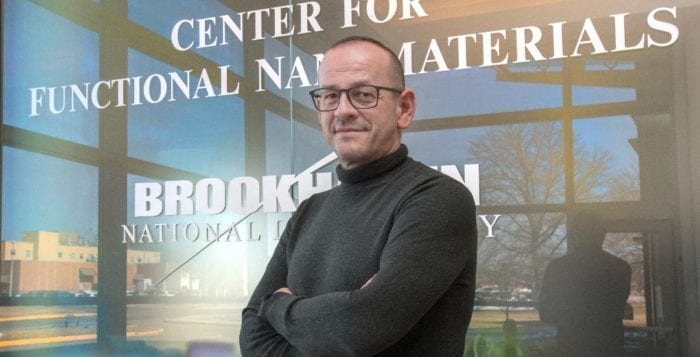
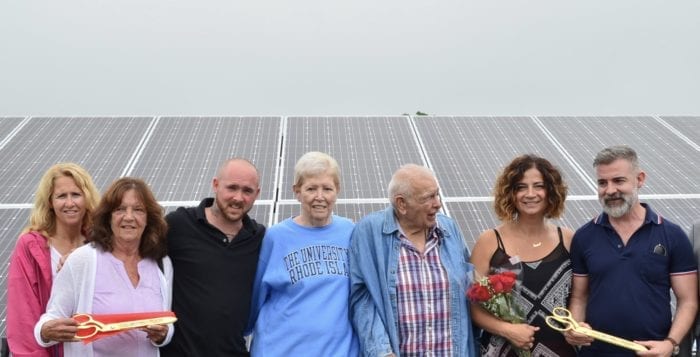



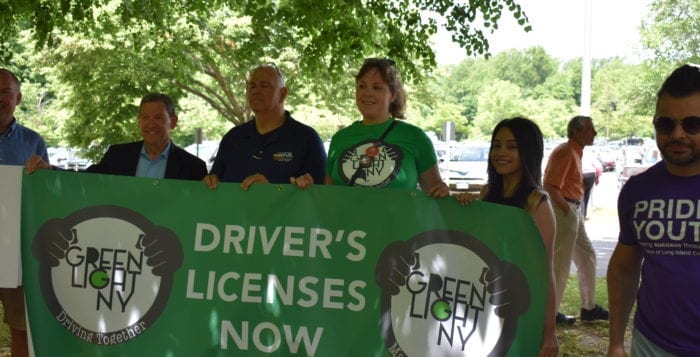
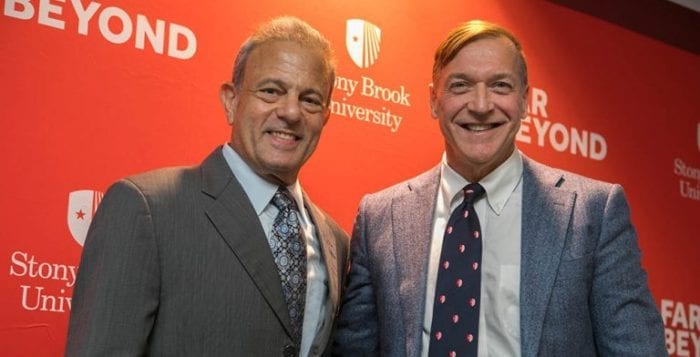
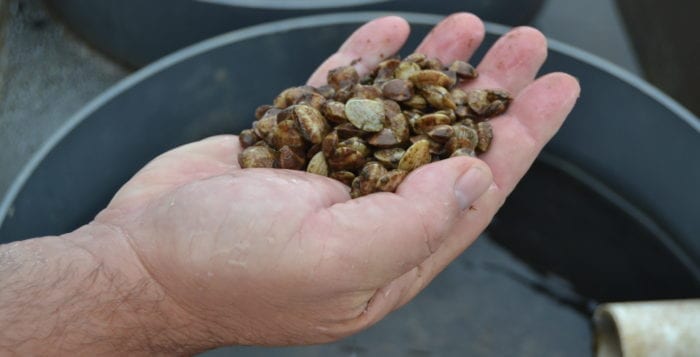

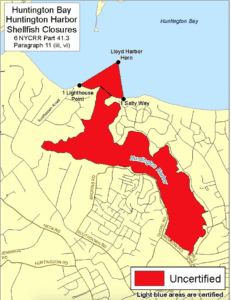
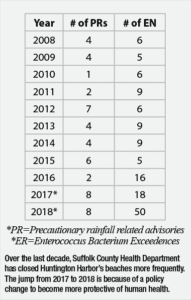 Christopher Gobler, the chair of Coastal Ecology and Conservation at Stony Brook University’s School of Marine and Atmospheric Sciences, is a co-chair for the project. He said he knows of no good information about the shellfish population trends for Huntington Harbor over time that might indicate whether or not shellfish are overharvested. One trend is clear: Huntington Harbor’s water quality needs improving. Gobler said his team identified five ecosystems that would most benefit from additional filtration, and Huntington ranks among the chosen few.
Christopher Gobler, the chair of Coastal Ecology and Conservation at Stony Brook University’s School of Marine and Atmospheric Sciences, is a co-chair for the project. He said he knows of no good information about the shellfish population trends for Huntington Harbor over time that might indicate whether or not shellfish are overharvested. One trend is clear: Huntington Harbor’s water quality needs improving. Gobler said his team identified five ecosystems that would most benefit from additional filtration, and Huntington ranks among the chosen few. 